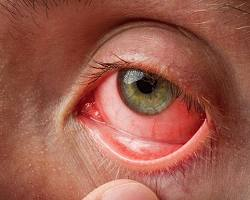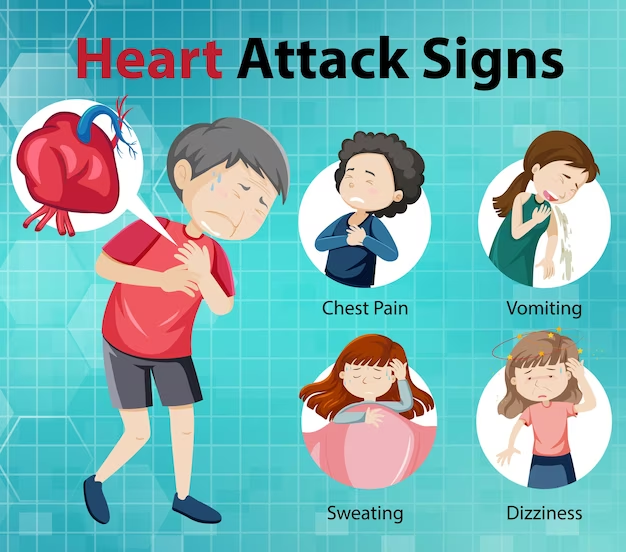Conjunctivitis or Pink eye ; causes , types , treatment and prevention
Introduction ;
Conjunctivitis, commonly known as "pink eye," is a prevalent eye condition that affects people of all ages. It involves inflammation of the conjunctiva, the thin, transparent layer covering the front surface of the eye and the inner surface of the eyelids. It can cause the eyes to become red, swollen, and watery. Conjunctivitis is a common condition that can affect people of all ages. Conjunctivitis can be caused by various factors and can present with a range of symptoms, however, it is usually not a serious condition and goes away on its own within a few days.
Causes ;
Bacterial infection, often caused by Staphylococcus aureus or Streptococcus pneumoniae.
Viral infection, Most cases of pink eye are caused by adenovirus but also can be caused by other viruses, including herpes simplex virus and varicella-zoster virus.
Allergic reactions to pollen, dust mites, pet dander, or certain medications. In response to allergens, your body produces an antibody called immunoglobulin E (IgE). IgE triggers special cells in the mucous lining of your eyes and airways to release inflammatory substances, including histamines. Your body's release of histamine can produce a number of allergy symptoms, including red or pink eyes.
Symptoms ;
- Viral Conjunctivitis: Characterized by redness, excessive tearing, and a watery discharge. Often associated with cold symptoms.
- Bacterial Conjunctivitis: Results in redness, thick yellow or green discharge, and the formation of crusts during sleep.
- Allergic Conjunctivitis: Presents with intense itching, redness, and watery discharge. Often accompanied by other allergic reactions.
- A gritty feeling in one or both eyes.
- blurred vison .
- Sensitivity to light , called Photophobia.
Diagnosis ;
Pink eye is usually diagnosed based on patient history and a comprehensive examination of the eye. Testing of eye drainage or discharge with swabs is not required except in unusual circumstances — for example, if there is an unusual amount of drainage, pus or corneal involvement. Only an eye specialist can diagnose what is causing pink eye, so it is important that you see an eye doctor regarding your condition.
Complications ;
In both children and adults, pink eye can cause inflammation in the cornea that can affect vision. Prompt evaluation and treatment by your health care provider can reduce the risk of complications. See your provider if you have:
- Eye pain.
- A feeling that something is stuck in your eye.
- Blurred vision.
- Light sensitivity.
Bacterial Conjunctivitis: Treated with antibiotic eye drops or ointments to clear the infection.
Viral Conjunctivitis: Self-limiting; artificial tears and cold compresses can help alleviate symptoms.
Allergic Conjunctivitis: Antihistamine eye drops, lubricating eye drops, and avoiding allergens are key.
Irritant Conjunctivitis: Flushing the eyes with clean water and avoiding the irritant is essential.
Fungal Conjunctivitis: Requires antifungal medications prescribed by a doctor.
Prevention;
Practice good hygiene to control the spread of pink eye. For instance:
- Don't touch your eyes with your hands.
- Wash your hands often.
- Use a clean towel and wash cloth daily.
- Don't share towels or washcloths.
- Change your pillowcases often.
- Throw away old eye cosmetics, such as mascara.
- Don't share eye cosmetics or personal eye care items.
Keep in mind that pink eye is no more contagious than the common cold. It's okay to return to work, school or child care if you're able to practice good hygiene and avoid close contact. However, if work, school or child care involves close contact with others it may be best to stay home until you or your child's symptoms clear up.
Prevention in newborns ;
Newborns' eyes are susceptible to bacteria present in the mother's birth canal. These bacteria often cause no symptoms in the mother. In some cases, these bacteria can cause infants to develop a serious form of conjunctivitis known as ophthalmia neonatorum, which needs immediate treatment to preserve sight. That's why shortly after birth, an antibiotic ointment is applied to every newborn's eyes. The ointment helps prevent eye infection.
Conclusion ;
Conjunctivitis, though often not serious, can cause discomfort and disrupt daily activities. Understanding the different causes, types, and appropriate treatments is crucial for managing and alleviating its symptoms effectively. By taking necessary precautions and seeking timely medical attention, individuals can reduce the spread of conjunctivitis and promote eye health within their communities. If you suspect conjunctivitis, consulting a healthcare professional is recommended for accurate diagnosis and treatment guidance.
weeklyhealinghealth.blogspot.com
https://rumble.com/v3d5l38-conjunctivitis-or-pink-eye-diagnosis-and-treatment.html
https://rumble.com/v3d5is5-conjunctivitis-ll-u-should-know.html











Comments
Post a Comment